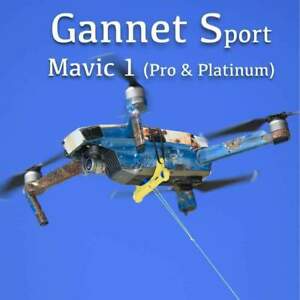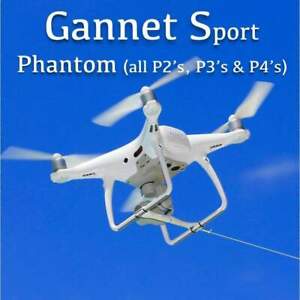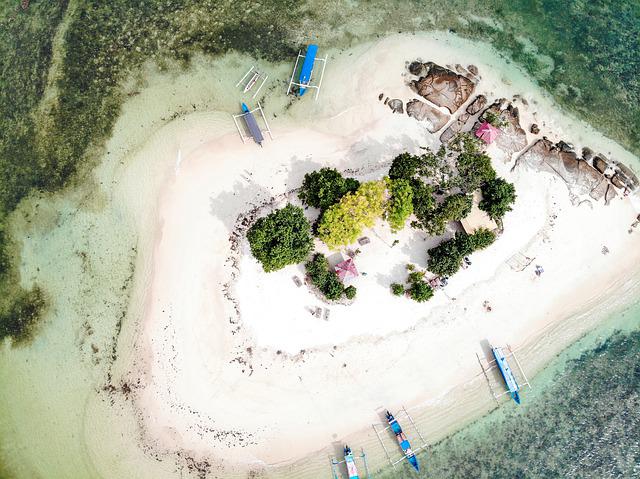
If you are a passionate fisherman, and you live in Australia you can use a drone for an aerial view of your property's waters. The drones can be equipped with a variety of features, including a GPS positioning system, a GPS receiver, a GPS receiver, a GPS payload release, and an angle adjustable camera. You can also buy fishing line that you can use to fish. These lines are highly stable and reliable. One such example is the SKY RIGGER drone.
SKY RIGGER drone fishing line
The SKY RIGGER flexible fishing line system allows you to fish from the sky with minimum effort. Two rotating leg clamps can be mounted to any drone model. The release mechanism features a bayonet-style connection, and a cam lock arm that allows you to quickly open the line clamps. Unlike other drones, the Sky RIGGER requires no batteries and can accommodate all fishing techniques safely.
The SKY RIGGER includes an automatic release system for fish that strike your fly. You can also manually release your line with your rod or hand. This feature is available for all models of the SKY RIGGER. It is highly recommended that you buy a Phantom 3 before buying the new SKY RIGGER. These are the pros and cons of this new line system.
It comes with a mechanical payload.
A drone with a mechanical payload release system is one of the most important aspects. Many drones have a release mechanism that allows the angler to easily remove the fishing line. Some models don't have a release mechanism. To release the drone, one must "yank" the fishing lines. This can be an inconvenient process, especially for people who aren't comfortable using their hands to release the line.

Another important feature of the drone's payload release system is its size. The drone should have the ability to release its payload when it strikes a fish. Before you try this method, it is important that you practice catch-and-release fishing. The fish cannot be pulled to shore and then released back into the water. Many people have experienced good results using the DJI Phantom drone. This technology is not yet at the same level as the fishing drones on the market.
It features a GPS positioning device
Rippton is an Australian-Dutch joint venture that specializes technology-oriented products for fishing. It was founded to improve the success rate of anglers by creating products that increase the enjoyment of fishing. Rippton's Mobula drone is equipped with a GPS positioning device and remote release. The Mobula is able to hold bait on the surface, resist kite clips and is environmentally friendly.
It is lightweight and weighs just 3 lbs. It can fly for up 18 minutes. The GPS system is high-tech and allows for control from as far away as 2,000 miles. It has an operating range of 1000m (or half a mile) and intelligent flight modes. Its point-of-interest feature allows it to capture high quality images of its surroundings. Its high-resolution camera allows you to get great views of fish.
It has a failsafe feature
Aerokontiki has an emergency feature that allows it to monitor the battery level and release the fishing line if necessary. It will return to dry land if the battery runs out and continue its mission. It operates with industrial-grade flightcontrollers, and it can work anywhere without requiring calibration. The drone can be used in even the most challenging water spots, and is waterproof.

FAQ
What drone is the best for beginners?
The DJI Phantom 2 Vision+ is a popular beginner drone. This drone comes with a 4K camera which can be used to take aerial photos and videos. Its GPS system makes it easy to navigate the drone.
Is drone regulation regulated by the FAA
The FAA oversees all aspects drone operations including safety standards and certification requirements.
Is it possible to fly a helicopter while driving?
Driving a drone is dangerous, as it could cause an accident or crash into another vehicle. You may also run into pedestrians and other animals. A collision with power lines, trees, buildings, or power lines could cause serious damage to your vehicle.
What are the rules and regulations for drones operation?
The FAA must register your drone. The registration process involves providing information about your drone, such as its weight, size, battery power, and frequency. A FAA identification number is also required.
What US states do drones are legal in?
You can legally operate a drone for hobby purposes. The Federal Aviation Administration (FAA) has set up guidelines that allow people to use small unmanned aircraft systems (UASs). Before UASs can be flown, they must be registered with FAA. If certain conditions are met, the FAA allows commercial operators to fly these UASs.
Can I fly my drone around my neighborhood?
Yes! These are also known as UAVs (unmanned aerial vehicle). There are many types of drones on the market today, including small quadcopters and large fixed-wing aircraft. New rules have been issued by the FAA regarding commercial use of UAVs. This means that you can legally fly them for business purposes. You should be aware, however, that UAVs flying near airports can cause interference with air traffic control systems. To operate one, you will need to obtain permission from the local authorities.
What are the laws regarding flying drones
The Federal Aviation Administration (FAA), oversees all aspects of drone operation in the United States. First, you need to obtain a FAA certificate in order to operate a drone commercially. After that, you must pass an exam and complete a course to learn piloting skills. The agency will require you to pay a fee.
Statistics
- According to Indeed, a drone pilot gets paid $25.73 per hour on average in the US. (dronesgator.com)
- According to ZipRecruiter, the minimum hourly wage of drone pilots is $20. (thedroneu.com)
- With the top 10% making over $100/h and the bottom 10% making as low as $10/h. (dronesgator.com)
External Links
How To
How to Fly Drones With Beginners
A drone is a remotely-controlled aircraft that is used for aerial photography and surveillance. Drone technology has been around since World War II. DJI's Phantom quadcopters became commercially available in 2010. Since then, there have been many different types of drones available, from beginner-friendly models like the Parrot AR Drone 2.0 to professional-grade multi-rotor craft like the DJI Mavic Pro.
There are many ways to fly a drone.
-
Remote control - This allows you to control the drone from your hand. There are two main types: Joysticks (like a radio), and On/Off switches (like an alarm clock).
-
Manual Control - This method uses a smartphone app to remotely control the drone using GPS coordinates. The app will provide instructions and help you to locate the drone.
-
Autonomous Flight – This is when the drone handles all the piloting tasks. It basically flies autonomously without any human intervention. The drone must be equipped with a camera and sensors that can capture images and data in order to fly autonomously.
-
Triggered flight - This is similar to manual control except that the pilot sets up a preprogrammed route and the drone follows the route until it reaches its destination. Once the programmed route is completed, the drone lands automatically and returns back to the base.
-
Landing Gear – Some drones are equipped with landing gear, which allows them to safely land if they lose power during flight.
-
Goggles - Some pilots wear goggles to protect themselves from debris while operating.
-
Camera - Some drones are equipped with cameras allowing you to capture photos and videos from above.
-
Obstacles. Some drones can have obstacle avoidance technology that stops them from hitting obstacles.
-
Speed - Some drones reach speeds exceeding 40 mph.
-
Battery Life - Most drones last between 20 and 3 hours depending on how much power they have.
-
Range - Some drones can travel upto 30 miles depending on their models.
-
Power source - Some drones require an external power source; others work off internal batteries.
-
Weight - Some drones weigh less than 1 pound, whereas other models weigh up to 4 pounds.
-
Size - The size of drones varies from small, easily carried devices to more substantial crafts that weigh in excess of 50 pounds.
-
Price - High-end drones can go for thousands of dollars, while low-cost models start at $100.